This post has been brought to you by Ron Barcelò. All opinions expressed are my own. The following message is intended for those 21+. Please enjoy responsibly.
Today we’re sampling Barcelo’s Limited Production Organic Rum, which has the distinction of being the first organic Dominican rum.
In addition to reviewing the rum itself, we’ll be talking about how to spot a good rum, and some of the best ways to enjoy today’s rum- including this refreshing Autumn Rum Cocktail.

Romancing the Sugarcane – The Basics of Rum
Rum starts its life as the result of fermenting sugarcane molasses and/or sugarcane juice (rhum Agricole). The fermented liquid is then distilled. The distillate is then – usually – aged. Higher quality rums are aged in oak barrels, ideally used bourbon barrels. However, aging can also be performed in steel vats as well as other types of wooden containers.
The aging process, provided it takes place in oak barrels or other similar wooden containers, is where rum derives its characteristic amber color. Naturally, if rum is aged in steel vats, or other metal contains, it will remain colorless. After aging, blending is typically done. The blending process is essentially how brands or labels achieve a consistent taste. This is also where the color of the rum is adjusted, either lightening dark rums by blending in lighter rums, or further coloring darker rums with caramel, or filtering out any remnant color from light rums that may have overly darkened during aging.
Most of the world’s rum is produced in the Caribbean and South America. However, rum – as well as other liqueurs that are almost indiscernible from rum – are produced pretty much everywhere sugarcane is grown. Large quantities are produced, for example, throughout parts of Asia such as the Philippines, as well parts of Africa such as Madagascar and Reunion Island.
Standards, regulations, and local preference means that there’s a wide world of rum available for enthusiasts to enjoy. However, this also makes nailing down precisely ‘what rum is’ almost impossible, since what qualifies as ‘rum’ in one jurisdiction might fail to make the grade in another.
However, rum is generally broken down and marketed via ‘grades.’ These include such classifications as Dark, Light, Premium, and Spiced Rums, the names of which are largely self-explanatory. Light rums, however, tend to have very little flavor aside from sweetness, and are typically used in cocktails as opposed to being consumed on their own or paired with food. Other varieties include Overproof Rums, which can contain in excess of 80% alcohol by volume. Again, these rums are typically used in cocktails. One interesting class of rum is Brown Rum, which is aged in charred barrels, and have a flavor closer to whiskey than the flavors one might typically associate with rum.
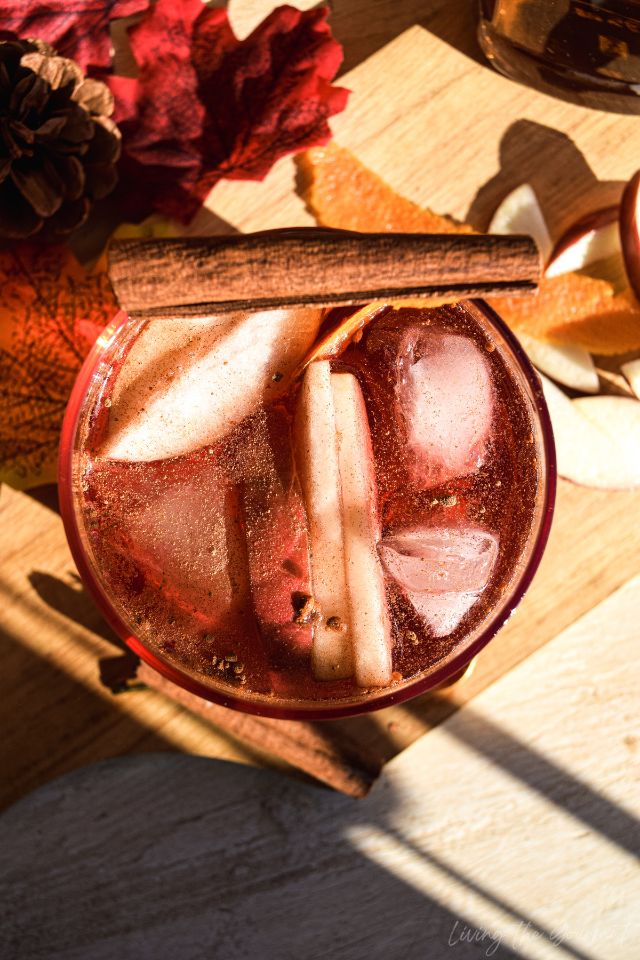
Finding a Good Rum – What to Look For
Unlike whiskey, it is intensely simple to know if you’ve got a ‘good’ rum on your hands.
To start, rum should never be ‘cloudy.’ Cloudy rums are good for one thing and one thing only – pouring down the drain. White rums should be clear, not unlike vodka, while darker rums should be varying shades of amber. Some darker rums will appear redder than others, while the darkest of rums can appear ‘amber-brown,’ with some bordering on ‘black.’ Generally, however, regardless of how dark rum might appear, the color should fall somewhere along the ‘amber spectrum.’
In terms of taste, rum should ‘not’ taste of ethanol. Unlike vodka or certain astringent sakes, ‘alcohol’ should be at most a background flavor. In the very best rums, alcohol should be barely – if at all – perceptible. If rum ‘burns’ or is ‘sharp’ tasting, or has any astringency, this is indicative of a low-quality rum. Instead, quality rums should be ‘pleasant’ or even ‘festive’ on the palate, with a complex bouquet of tastes ranging from sweet to smoky, carried on a delicate or ‘smooth’ texture.

Tasting and Aromatics – The Review
The Barcelo Organic Dominican Rum introduces itself with a bouquet of mild spices, oak, and copious citrus. On second whiff, there’s syrupy vanilla, with a faint molasses or brown sugar background. On the palate, the rum is surprisingly dry, contrary to what the vanilla and citrus aromatics would have suggested. Oak and toasted oak are present throughout, at times becoming just shy of being the dominant palate quality, with citrus and brown sugar.
I would describe this rum as ‘approachable’ and ‘friendly,’ while still being full of character and nuance, especially for those looking to become acquainted with dryer rums. Very pleasant, and very enjoyable.

How to Enjoy Today’s Rum – Cocktails or Neat?
The Best Way: Tropic-themed cocktails, along with most of the ‘classic’ rum drinks. Here are few I would suggest.
- The Pina Colada. One can’t talk about tropic-themed rum cocktails without mentioning the ubiquitous Pina Colada. As if this recipe needs repeating, simply blend together pineapple, ice, rum, pineapple juice (or pineapple syrup), cream of coconut (sweetened), and lime juice. Serve garnished with a cocktail cherry.
- Reggae Rum Punch. This is a twist on the classic (boring?) Rum Punch, for those looking for a bit more character. In a shaker, combine two ounces of rum, two ounces of orange juice, two ounces of pineapple juice, a half an ounce of lime juice, a half an ounce of strawberry syrup, and then strain into a chilled glass with ice. Garnish with a mint sprig and pineapple slice.
- The Kingstone Negroni. A simple classic. Combine an ounce of rum, an ounce of Compari, and an ounce of sweet Vermouth in a mixing glass with ice and stir until chilled. Then strain into a glass with ice.
- Por Mi Amante. Another simple yet delicious cocktail. Combine two ounces of rum, three quarters of an ounce of lemon juice, three-quarters of an ounce of strawberry demerara syrup, and two dashes of tobasco in a shaker with ice and shake until chilled. Strain into a cocktail glass.
Autumn Rum Cocktail
- Total Time: 5 minutes
- Yield: 1 cocktail
Ingredients
- 2 ounces Ron Barcelo’s Limited Production Organic Rum
- 2 ounces cranberry juice
- 2 ounces ginger ale
- Orange twist, for garnish
- Apple slices, for garnish
- Dash of Cinnamon
- Ice
Instructions
- In your desired cocktail glass, add ice and combine rum, cranberry juice, and ginger ale.
- Garnish with apple slices, an orange twist, and a dash of cinnamon. Serve and enjoy!
- Prep Time: 5 minutes
- Category: Drinks

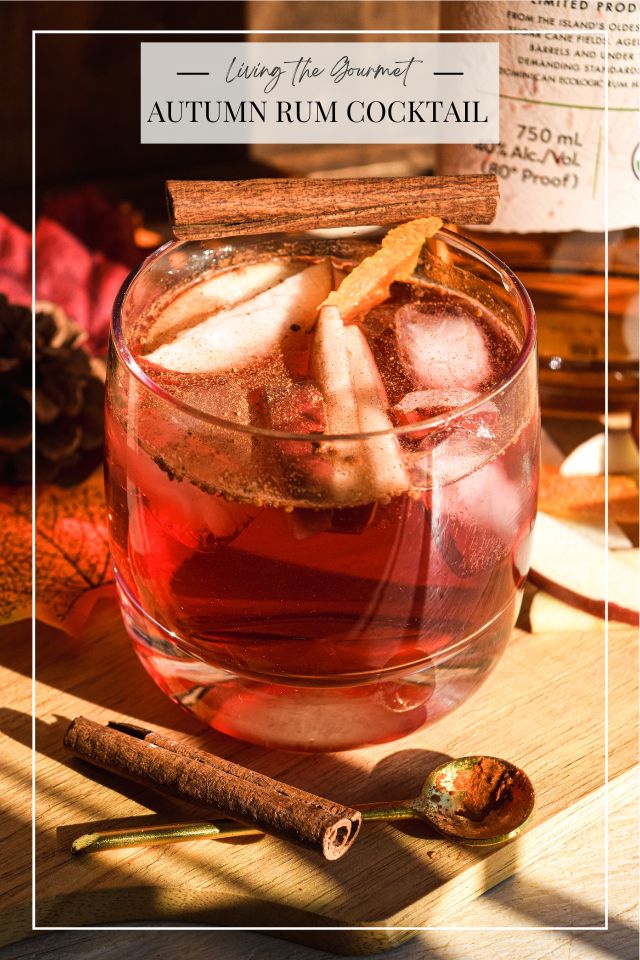
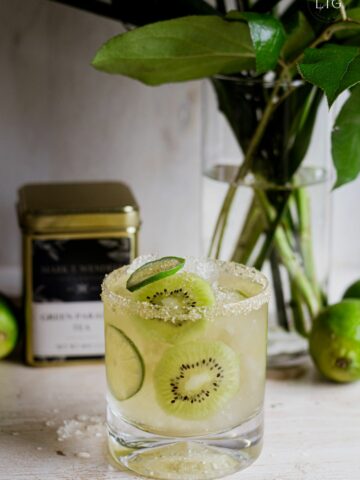
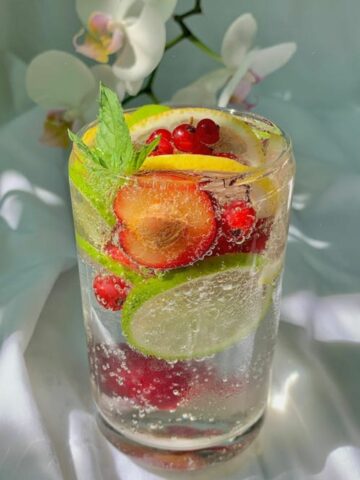
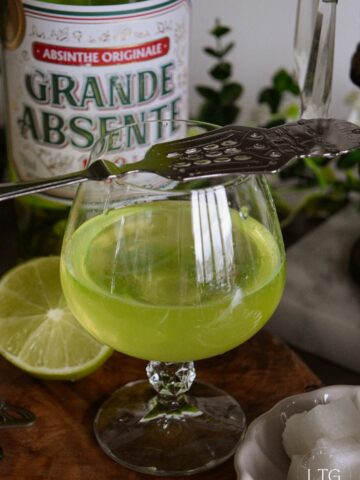
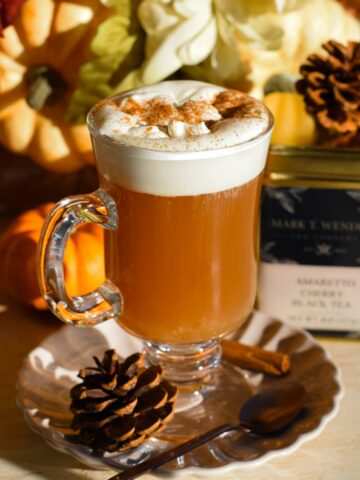
Beth says
This is so perfect for the fall. I love the cinnamon and other flavors in this.
Indrani says
I don't drink rum, but I can surely try something similar with fruit juices. The pics look tempting.
Jupiter Hadley says
Oh wow this sounds like a really warm and spiced drink, perfect for autumn! Thank you so much for sharing.
Samantha Donnelly says
I do love rum, and this sounds a perfect cocktail for the autumn and winter evenings
Mosaic Art Discovery says
I love rum but I don't drink it a lot, I am not sure why! I will check this recipe for sure, looks so delicious.
Laura says
ooohh this sounds soo good!!! Ginger ale is one of those things I love to hate.
Blair Villanueva says
I only drink occasionally, and it is very interesting o learn about every drink's story. Where can I buy a this bottle? I know I good friend who would be thrilled to add this to her collection.
geometry dash unblocked says
This sounds delicious, I love ginger and it is so good for you. I love the addition of seaweed.